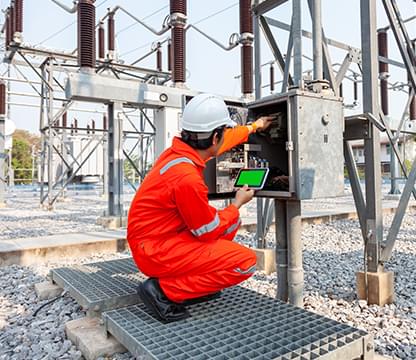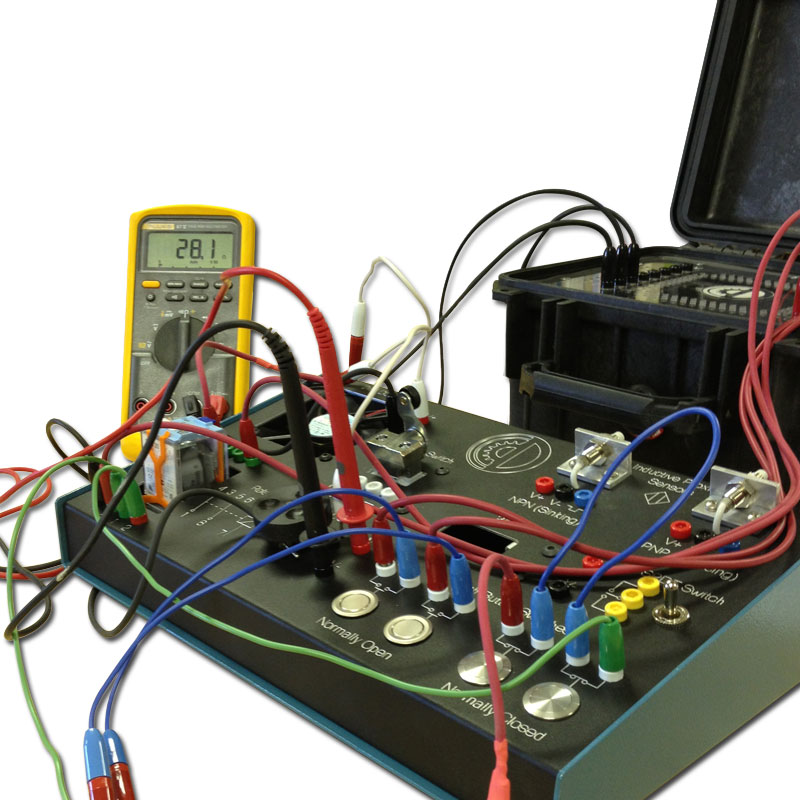Tailored mechanical engineering industry support for your growth.
Wiki Article
Leading Tips for Effective Electric System Troubleshooting
Fixing electric systems requires a systematic method, grounded in a thorough understanding of electric concepts and safety and security methods. By familiarizing oneself with circuit parts, using essential tools, and adhering to an organized evaluation approach, professionals can effectively identify and fix concerns. However, the nuances of efficient troubleshooting extend beyond simple technological expertise; understanding just how to record searchings for and prioritize safety can considerably influence results. As we explore these crucial aspects even more, it ends up being clear that understanding this procedure is not just beneficial however crucial for success in the area.Understand the Essentials
Understanding the basics of electrical systems is important for effective troubleshooting, as a solid foundation permits professionals to diagnose and fix problems extra successfully. A thorough grasp of electrical principles, such as voltage, current, resistance, and power, is critical in recognizing the source of troubles. Voltage is the electric potential difference that drives current through a circuit, while resistance opposes the flow of current, affecting the total functionality of the system.Knowledge with circuit components, including resistors, capacitors, diodes, and switches over, is additionally critical. Each component plays a distinct role in circuit actions and can impact efficiency when malfunctioning. Furthermore, recognizing series and identical circuit setups is vital, as these setups influence the distribution of voltage and present within the system.
Specialists have to be aware of possible risks, such as shock and brief circuits, to apply secure troubleshooting practices. By grasping these foundational concepts, professionals improve their ability to perform effective diagnostics and repair work, eventually leading to boosted performance and integrity of electric systems (electrical system troubleshooting).
Gather Necessary Tools
Effective troubleshooting of electric systems needs the ideal set of tools to diagnose and deal with concerns properly. Crucial tools consist of a multimeter, which measures voltage, present, and resistance, permitting for accurate examinations of electric components.In addition, protected hand tools such as screwdrivers, pliers, and cable pole dancers are crucial for safely controling electrical links. It is also a good idea to have a circuit tester on hand to verify the presence of voltage in outlets and cables. For even more complicated systems, a thermal imaging camera can help detect overheating components, suggesting prospective failings.

Comply With an Organized Approach
Having collected the ideal devices, the following action in repairing electric systems is to follow a methodical strategy. A systematic strategy guarantees that professionals can determine faults effectively and accurately, minimizing downtime and avoiding unnecessary repair services.Begin by assessing the system's schematic layouts and specifications. Recognizing the layout and operational parameters will provide context for detecting concerns. Next off, isolate the trouble location by utilizing a procedure of elimination. This involves monitoring each component methodically, beginning from the source of power and working in the direction of the lots.
Utilize testing devices, such as multimeters and oscilloscopes, to gather unbiased information about voltage, existing, and resistance at various factors within the system. This empirical evidence will certainly direct your troubleshooting initiatives and help to validate or get rid of potential root causes of failing.
Additionally, consider environmental elements that may affect the system's performance, such as temperature level changes or dampness ingress. A thorough evaluation of circuitry, connections, and components will certainly ensure that all possibilities are represented.
File Your Searchings For
Extensive documents is crucial in the fixing procedure of electrical systems. This method not only aids in comprehending the origin reason of the problem but likewise offers as a referral for future repairing initiatives.
In addition, preserving a log of parts changed or fixings executed is very useful. This details sustains stock administration and can help analyze the durability and reliability of specific parts.
Inevitably, the paperwork process ought to be comprehensive yet succinct, allowing simple retrieval and testimonial - electrical system troubleshooting. By prioritizing detailed documents, specialists can create a useful knowledge base that not just aids in existing troubleshooting however also encourages future maintenance initiatives, thus improving general system integrity

Prioritize Precaution
Acknowledging the inherent dangers related to electric systems is essential for guaranteeing safety and security during troubleshooting. Electric shock, burns, and tools damage are simply a few of the possible threats that specialists deal with. Focusing on safety and security measures is not just a lawful commitment however also a moral vital that safeguards both the specialist and the surrounding setting.Before beginning any troubleshooting job, professionals should put on ideal individual safety tools (PPE), consisting of protected handwear covers, safety and security glasses, and flame-resistant garments. Ensuring that the workspace is completely dry and without clutter can considerably decrease the risk of accidents. It is essential to de-energize circuits prior to starting any type of work, verifying that they are not live via the usage of a multimeter or voltage tester.
Establishing clear interaction methods with staff member is also vital; mechanical system optimisation support this makes certain that every person recognizes prospective dangers and the condition of the electric system being functioned on. Having an emergency feedback plan in place can confirm vital in the event of an event. By prioritizing precaution, technicians can effectively minimize dangers and foster a much safer workplace.
Verdict
Efficient electrical system fixing depends on a comprehensive understanding of essential principles and a systematic method. By collecting vital devices, adhering to organized assessment strategies, and carefully recording findings, the repairing process comes to be much more reliable and reputable. Focusing on security actions guarantees the wellness of people involved and the stability of the electric system. Implementing these approaches will improve the fixing experience, causing quicker resolutions and improved operational efficiency in electric systems.Report this wiki page